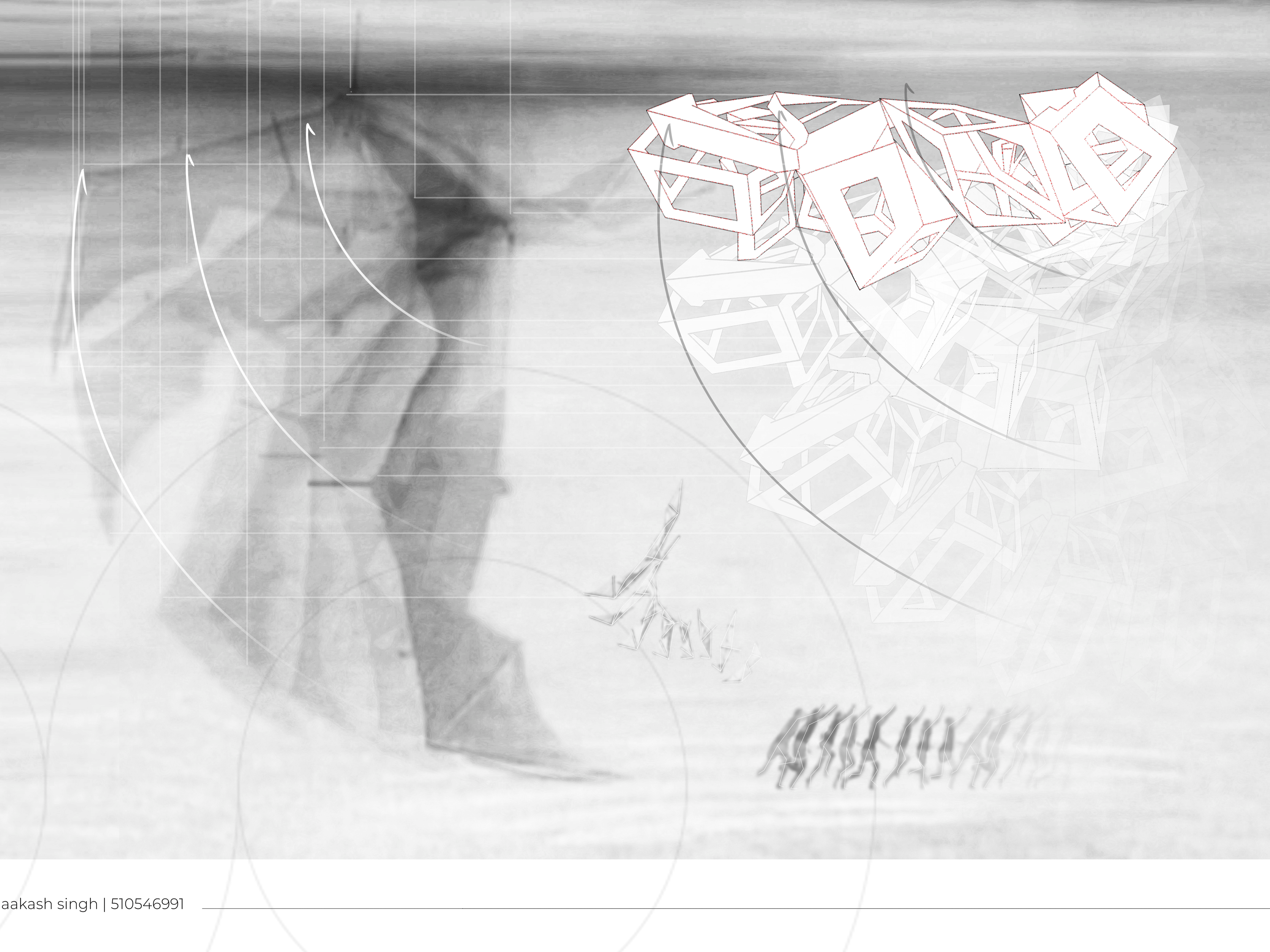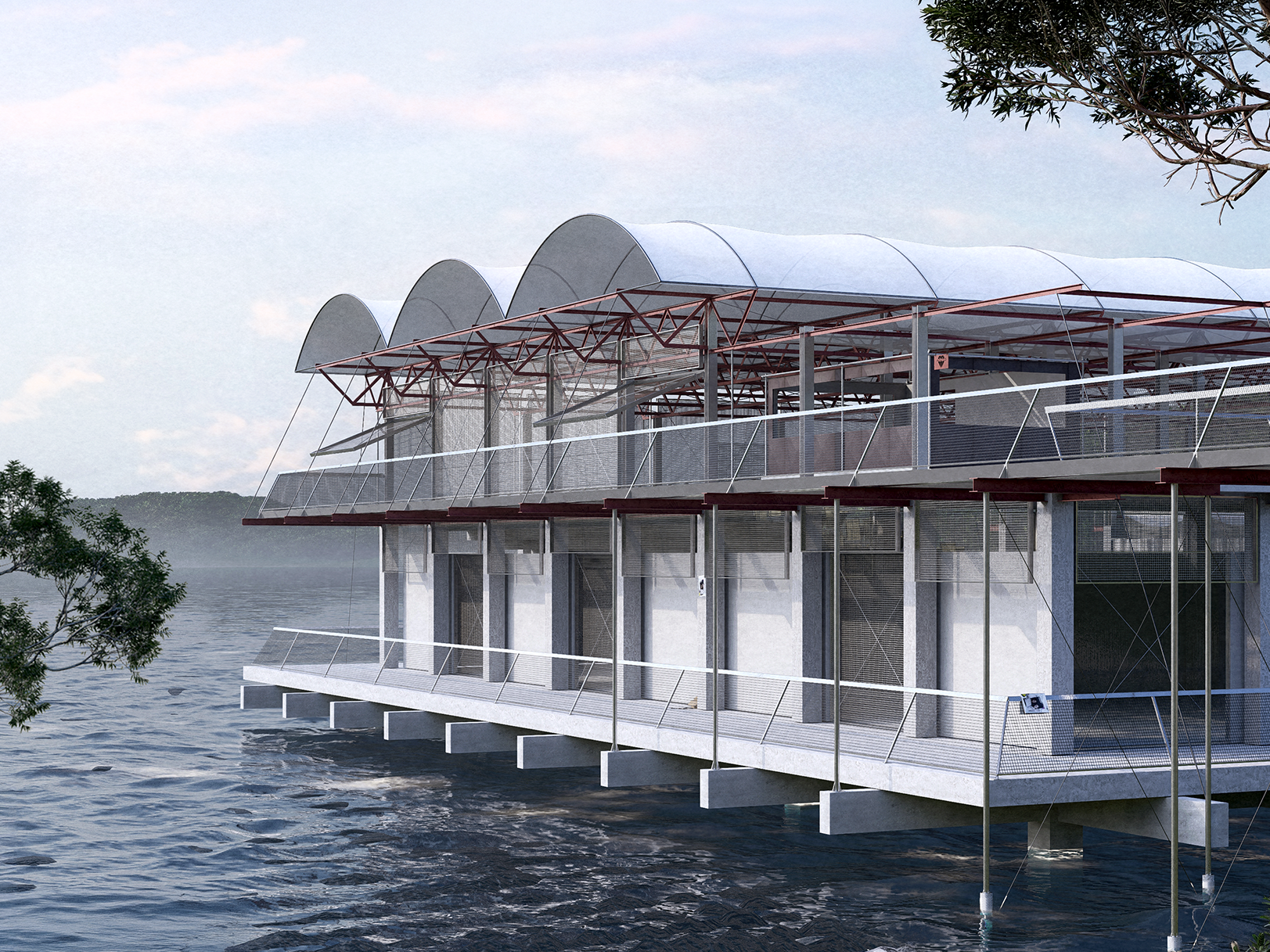A utopia secluded from the rest of the world, New Zealand has always been seen as a natural sanctuary, 100% pure, and the perfect place to live. While a lot of this is true, the image we portray of ourselves as a country to the rest of the world makes us appear much more ‘perfect’ than we actually are. New Zealand ranks highly in international comparisons of national performance, such as quality of life, education, protection of civil liberties, government transparency, and economic freedom. Where we fall short unfortunately is in our promotion of positive wellbeing and mental health.
Aotearoa has highest death rate for teenagers in developed world. Our mental health statistics show how poorly we as a country ensure the spiritual health of our community is looked after, and this is the problem I aimed to solve through spatial design practice. As a result of industrialisation and urbanisation, humans are living in much closer proximity to one another than ever before. This proximity however has not led to the building of close inter-personal relationships as we used to have. The change from living in large familial communities to living alone in apartments has brought with it unprecedented levels of isolation and alienation in people, and this is part of what has caused the rise in mental health related disorders over the years.
I have designed my structure to combat this. Community living structures have been shown to be effective solutions to these issues, which is why my structure revolves around the idea of this lifestyle. Another aspect I wish to incorporated into my design is the connection between mankind and nature. Survey findings released by the Mental Health Foundation of New Zealand (MHF) reveal the positive impact spending time in nature has on the mental health of New Zealanders. The majority of Auckland’s population lives in cities and urban centres, areas where the natural world has been overrun by our built environment.
Being connected to nature has been shown to promote spiritual wellbeing, which is why my communal, residential structure fosters connections between people and the natural world. Designing with nature as a key theme in the building has resulted in the building being environmentally sustainable and self sufficient. I have designed my structure in a way that considers all three of these aspects equally: community living, connection between man and nature, and sustainable building design.

















